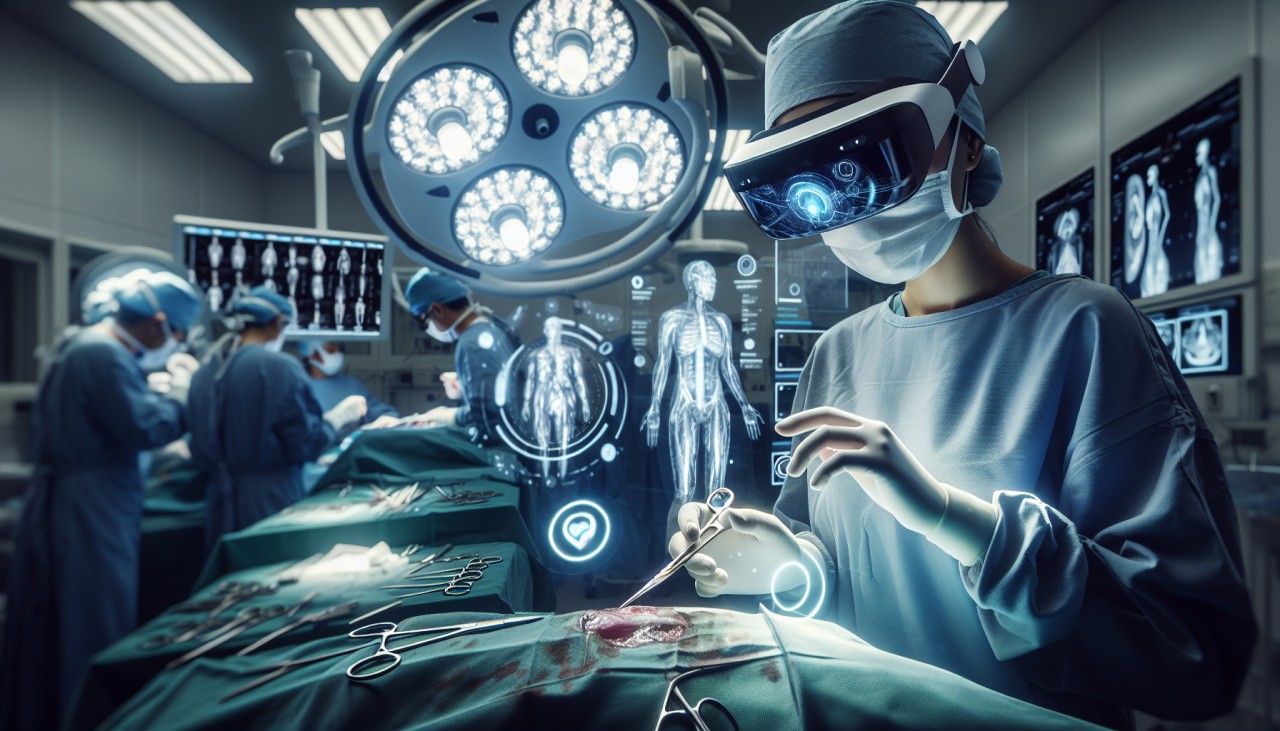


In recent years, augmented reality (AR) has emerged as a transformative tool in the medical field, particularly within surgical environments. Surgeons are now utilizing AR technologies to overlay critical patient data, such as 3D anatomical models and real-time imaging, directly onto their field of vision during procedures. This integration allows for enhanced precision, as surgeons can visualize complex structures and plan incisions with greater accuracy. For instance, the University of California, San Diego, has implemented AR headsets in minimally invasive surgeries, enabling surgeons to view laparoscopy footage and patient vitals simultaneously, thereby improving efficiency and reducing the risk of errors. time.com
The adoption of AR in surgery also extends to medical training and education. Medical students and professionals are leveraging AR to interact with detailed 3D models of human anatomy, providing an immersive learning experience that surpasses traditional methods. This approach not only aids in understanding complex anatomical relationships but also allows for simulated practice of surgical procedures in a risk-free environment. Such applications have been shown to improve knowledge retention and spatial reasoning, essential skills for surgical specialties. voka.io